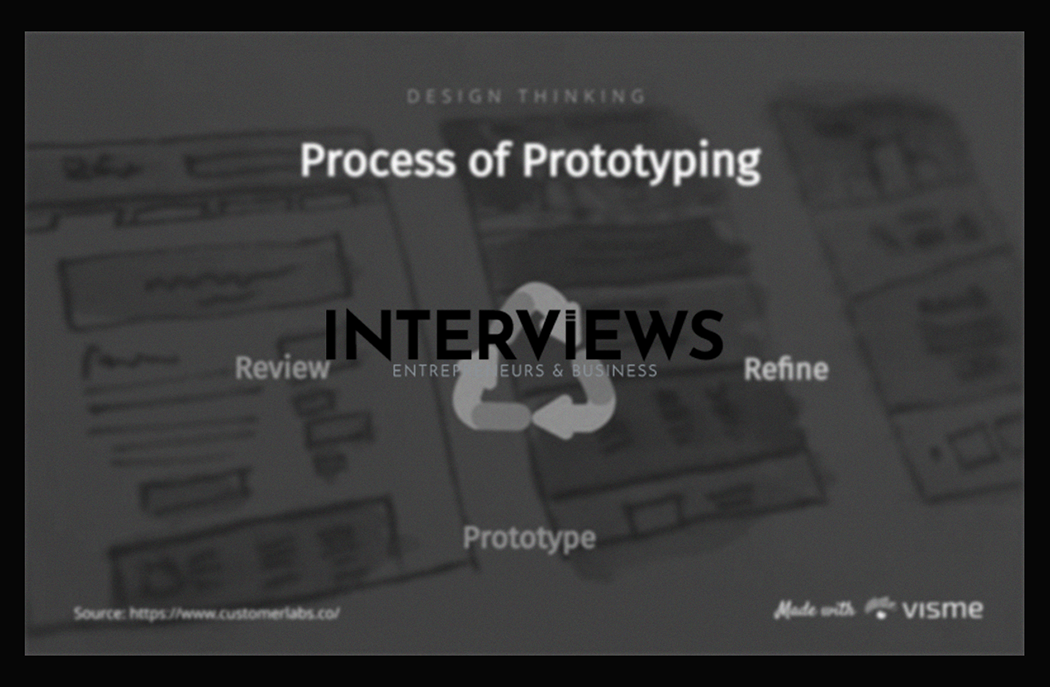Prototyping Your Product Idea: From Napkin Sketch to Reality (Without Bankrupting Yourself)
You have an amazing product idea. Great! You picture dollar signs. But don’t rush into it yet. Before you buy that yacht, you should check if your idea is actually viable. Prototyping is your tool for turning “Eureka!” into profit.
Prototyping is about creating a basic version of your product. Consider it a test run before committing fully. It helps you see if your idea works, catch mistakes, and refine without spending too much upfront. Let’s explore the details.
Prototyping Costs: How Much Will This Brainchild Cost Me?
Next, let’s discuss money. Prototyping can cost anywhere from $100 to $30,000. Yes, that number is correct. Costs can vary widely. The final expense depends on your product’s complexity and risk. Think of this as a ‘how risky and complex is your idea?’ gauge for your budget.
Breaking Down the Costs: Stage by Stage
Prototyping does not fit all projects the same. It usually has stages, each with its costs:
- Stage 1: Concept Design (Starting around $1,000): This stage includes initial sketches and simulations of user experience. Just like drawing yacht blueprints on a napkin – important but not ready for the sea.
- Stage 2: Design Engineering (Starting around $5,000): Serious work starts here. Creating advanced prototypes. Picture building a mini, functional yacht model. It won’t float, but shows how engines would fit.
Rapid Prototyping: Speed and Cost
Need a prototype quickly? Rapid prototyping works well. Methods like 3D printing are fairly cheap, costing from $50 to a few hundred dollars for an object. Vacuum casting might shoot up to hundreds or over a thousand because of the silicone mold expense. It’s like paying extra for fast delivery.
The Average Spend
Generally, expect to spend between $3,000 and $10,000 on prototyping. It’s a smart investment that helps avoid launching a sinking yacht. Check tips to prototype without overspending.
Methods to Prototype Like a Pro (or at Least, Not a Complete Amateur)
So, how do you create a prototype? Here are some options:
- Sketching: Yes, this is classic. It works. Write down ideas on paper. It’s free, fast, and helps visualize your concept. Think of it as old-school brainstorming.
- Digital Prototyping Tools: Use technology! Many digital tools exist to create prototypes, from simple wireframes to interactive designs. Perfect for user interface projects. Consider Figma or Sketch.
- 3D Printing: Want something physical? 3D printing is ideal. Great for plastic parts and understanding your product’s shape and size. But remember, it’s still just a prototype.
- Minimum Viable Product (MVP): Want to test real users? Create an MVP. This version has enough features to catch early customers’ interest and validate your idea. Like launching a small boat before a big yacht.
- Outsourcing: Not great at DIY? Hire the professionals. Outsource prototyping to firms or freelancers specializing in this work. Costs more, but saves you stress and ensures quality.
Finding Your Prototype Dream Team (or at Least, Someone Who Knows More Than You)
You’ll likely need assistance with prototyping. Where can you find skilled makers?
- Local Workshops: Visit local makerspaces or workshops. They often have both equipment and expertise to help. It’s like discovering skilled craftspeople near you.
- Social Media: Use platforms like LinkedIn or Facebook groups about product design to connect with potential partners. Networking here can lead to finding your prototyping expert.
- Online Resources: The internet holds many opportunities! Websites like Maker’s Row, Global Sourcing Specialists (GSS), Alibaba, and others serve as directories for manufacturers and prototyping services.
- Referrals: Ask your network! Fellow business owners might have recommendations for you. Personal referrals carry significant weight and trust.
- Trade Shows: Attend industry trade shows to meet potential partners and observe new trends in manufacturing and prototyping.
- Pattern/Model Makers: For products intended for injection molding or casting, these makers are vital. They specialize in creating prototypes for such processes.
From Idea to Reality: Manufacturing Your Masterpiece
Prototyping is just one step on your journey. Here’s how to move from idea spark to selling product. Indeed.com gives an excellent overview. Let’s break it down:
- Refine and Develop Your Idea:
- Ensure Uniqueness: Is your product idea really innovative? Research existing products and ensure it’s solving a real problem uniquely.
- Market Research: Know your target audience and their needs. Ensure demand exists for your product. No one wants a yacht in the desert.
- Design and Documentation: Create detailed designs including specs on materials, dimensions, and functions. Think of it as writing an extensive instruction manual.
- Prototyping: (We covered this!) Develop your prototype to test concepts and catch mistakes early. Fixing cardboard models is way cheaper than real ones.
- Find a Manufacturer:
- Domestic vs. International: Choose where to manufacture your product. Domestic might cost more but gives better control. International could be cheaper, but has possible communication challenges.
- Research and Shortlist: Identify potential manufacturers, obtain quotes, and assess capabilities and reputations.
- Communicate Your Design: Clearly explain your design and requirements to manufacturers to avoid issues.
- Sample and Quality: Order samples to verify quality before committing to suppliers.
- Plan for Manufacturing:
- Manufacturing Plan: Outline production logistics, materials needed, and processes for mass production.
- Logistics: Plan the transport and storage of materials and final products.
- Budget and Feasibility: Assess production costs and ensure profitability potential is valid.
- Protect Your Intellectual Property:
- Non-Disclosure Agreements (NDAs): Use these with manufacturers to protect your ideas from being copied.
- Patent: Consider patenting your invention for exclusive rights on your unique creation.
- Bring Your Product to Market:
- Launch Strategy: Plan the product launch, including marketing methods. How will you drive sales?
- Continuous Improvement: Monitor performance after launch and collect feedback for future updates.
Keeping Your Idea Under Wraps (Like a Spy)
Nervous about stealing your valuable idea? Intellectual property protection is key while working with manufacturers and prototype creators.
- Non-Disclosure Agreements (NDAs): Implement NDAs anytime you disclose sensitive product details outside your trusted circle.
- Patents:If your invention is unique and original,
- Consider filing a patent. It offers legal protection and exclusivity. Martha Stewart offers helpful tips on producing your product and securing your ideas.
- Confidentiality: Keep your idea secret as long as possible, especially early on. Loose lips sink ships.
- Documentation: Document everything related to your idea—sketches, notes, development process, etc. This will help prove ownership if needed.
Funding Your Prototype Dreams
Prototyping costs money. Where can you find funds? If you are further along, with a solid business plan and a developed prototype, consider:
- Venture Capitalists/Angel Investors: VCs and angel investors seek promising startups. If they see your idea’s potential for returns, they might invest. Be ready for tough questions.
Patents and Prototypes
Good news! You don’t need a finished prototype to file a patent application in the U.S. Patent Office. A detailed invention description suffices. Breathe easy; you can patent your idea even during the napkin-sketch phase. A prototype strengthens your application by showing feasibility.
Always conduct a thorough patent search before filing to ensure your idea is novel. Consider filing a provisional patent first. This method is cheaper and establishes an early filing date while granting you “patent pending” status for a year.
Finding a Manufacturer
Once you have a good prototype, find a manufacturer to produce your product at scale.
- Referrals: Referrals are invaluable. Ask business owners for suggestions. Social media and forums are great for networking and supplier feedback.
- Online Directories: Use online directories like ThomasNet, Maker’s Row, MFG, Kompass, Alibaba, and Oberlo. These help filter and find manufacturers for your needs.
Prototyping might feel daunting, but it’s crucial for turning your great idea into a successful product. Do it right to save time, money, and potential heartache. Now go forth and prototype!





